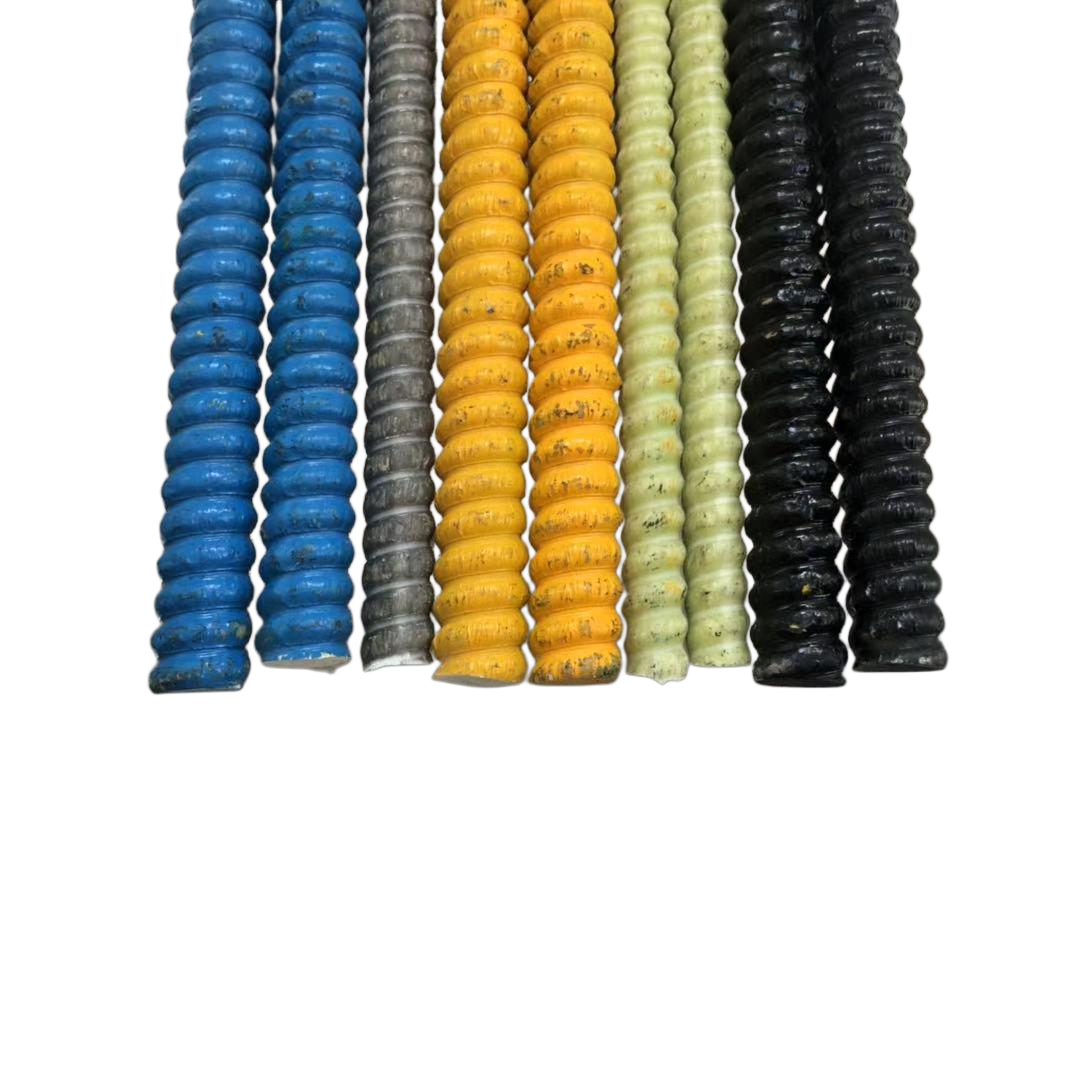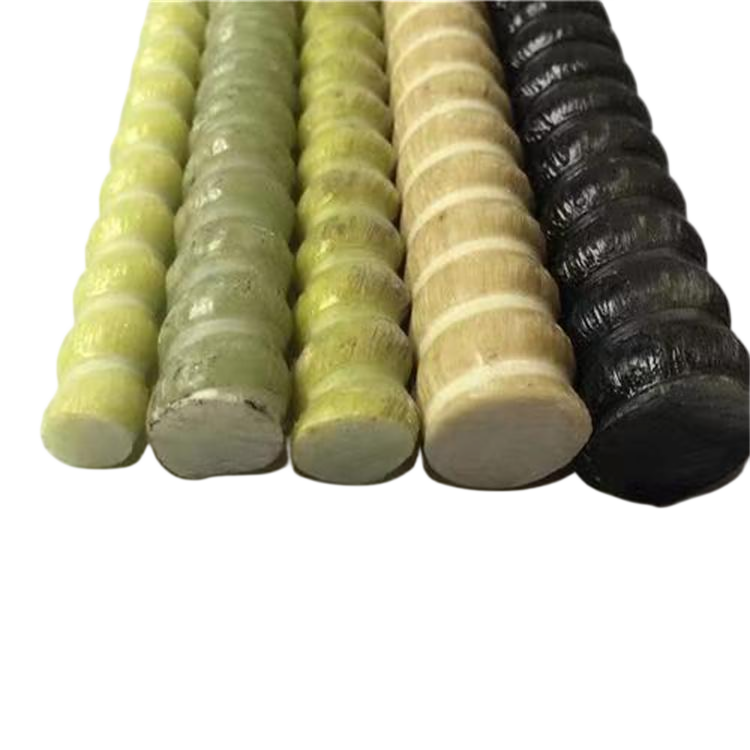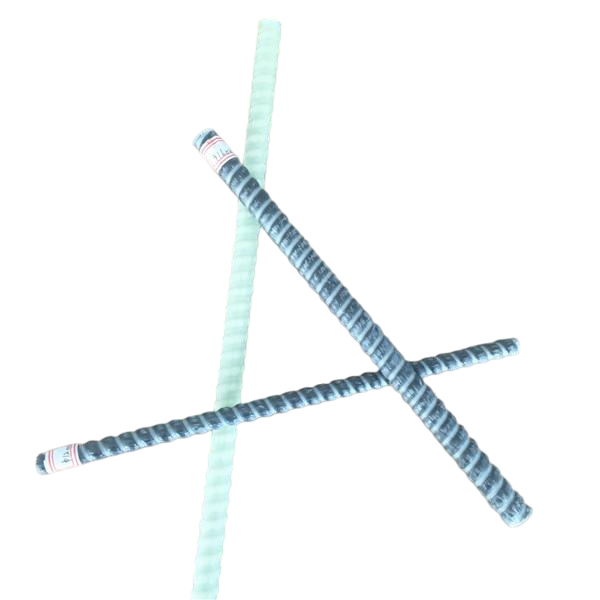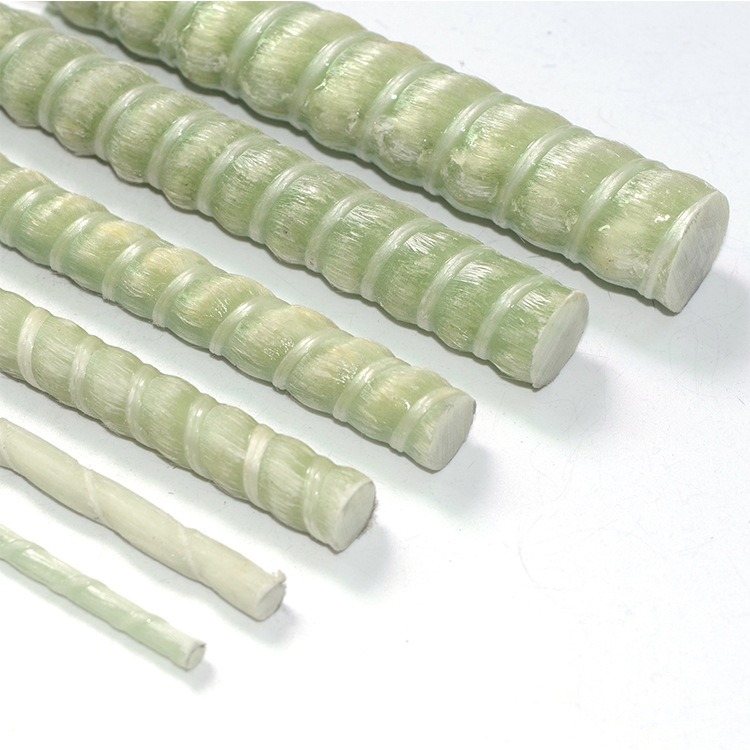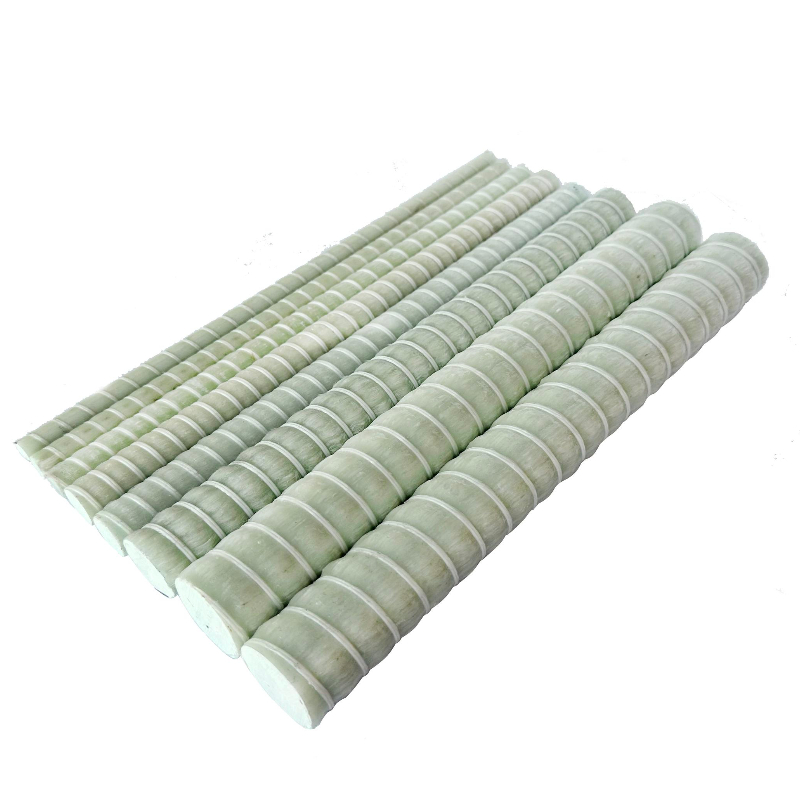Introduction
In the ever-evolving world of construction, the materials and techniques used are constantly being refined to improve efficiency, durability, and sustainability. One such innovation that has gained significant traction is the GFRP Insulation Connector. This advanced component has revolutionized the way structures are insulated, providing superior performance compared to traditional methods. This article delves into the installation and maintenance tips of GFRP insulation connectors, offering comprehensive insights for professionals in the industry.
Understanding GFRP Insulation Connectors
Glass Fiber Reinforced Polymer (GFRP) insulation connectors are composite materials made from glass fibers and a polymer matrix. They serve as a critical link in insulated concrete wall systems, ensuring structural integrity while providing thermal efficiency. The unique composition of GFRP connectors grants them exceptional properties such as high tensile strength, corrosion resistance, and low thermal conductivity.
Advantages Over Traditional Materials
Traditional insulation connectors often use steel, which, despite its strength, poses several drawbacks like thermal bridging and susceptibility to corrosion. GFRP connectors mitigate these issues by offering low thermal conductivity, reducing energy loss through thermal bridges. Additionally, their corrosion-resistant nature extends the lifespan of the construction components, making them a cost-effective alternative in the long run.
Applications in Modern Construction
GFRP insulation connectors are widely used in various construction projects, including residential buildings, commercial structures, and infrastructure projects. Their versatility and superior performance make them ideal for applications where thermal efficiency and durability are paramount. By integrating these connectors, builders can meet stricter building codes and sustainability standards.
Installation Guidelines
Proper installation of GFRP insulation connectors is essential to maximize their benefits. The following guidelines provide a detailed approach to ensure optimal performance.
Preparation Steps
Before installation, it's crucial to assess the project requirements thoroughly. This involves reviewing architectural and structural drawings to determine connector placement and spacing. Understanding the load-bearing needs and thermal performance goals will guide the selection of appropriate connector sizes and types.
Additionally, ensure that all materials are inspected upon arrival. Look for any damages or defects in the connectors that might compromise their integrity. Store them in a clean, dry area to prevent contamination or degradation before use.
Installation Process
The installation of GFRP insulation connectors generally involves the following steps:
1. Marking and Layout: Use the project plans to mark the positions where connectors will be installed. Accurate spacing is vital to maintain structural integrity and thermal performance.
2. Drilling and Placement: Drill holes at the marked locations if necessary. Insert the connectors carefully, ensuring they are fully seated and aligned correctly. The alignment should facilitate seamless connection between the inner and outer wythes of the insulated wall.
3. Securing Insulation: Attach insulation panels as per the manufacturer's recommendations. The connectors will penetrate these panels, holding them securely in place and maintaining the desired spacing between concrete layers.
4. Concrete Placement: Pour concrete carefully to avoid displacing the connectors. It's essential to use proper vibration techniques to consolidate the concrete without causing misalignment.
5. Curing: Allow adequate time for the concrete to cure before applying any loads. Proper curing enhances the bond between the connectors and the concrete, ensuring long-term performance.
Common Pitfalls and How to Avoid Them
Despite the straightforward installation process, certain mistakes can compromise the effectiveness of GFRP insulation connectors:
Incorrect Spacing: Deviating from the specified spacing can lead to structural weaknesses or reduced thermal performance. Always adhere strictly to the project plans.
Poor Alignment: Misaligned connectors may cause uneven load distribution. Use alignment tools and regularly check positioning during installation.
Improper Handling: Dropping or mishandling connectors can cause micro-cracks or other damage. Train the installation team on proper handling procedures.
Maintenance Tips
While GFRP insulation connectors are known for their durability, regular maintenance ensures they continue to perform optimally throughout the building's lifespan.
Routine Inspections
Conduct periodic inspections to identify any signs of wear or damage. Focus on areas where environmental factors might accelerate degradation, such as exposure to chemicals or extreme temperatures.
Inspect the exterior surfaces for cracks, spalling, or other indications of concrete distress that might affect the connectors. Internal inspections may require non-destructive testing methods, like infrared thermography, to assess the integrity without causing damage.
Repair and Replacement Procedures
If damage is detected, it's crucial to address it promptly. Minor surface issues might be repairable with epoxy injections or sealants. However, significant structural damage may necessitate replacing the affected connectors.
When replacing connectors, consult with structural engineers to ensure that replacement procedures do not compromise the building's integrity. Follow manufacturer guidelines for any repair products used to maintain compatibility with the existing materials.
Case Studies
Real-world applications highlight the effectiveness of GFRP insulation connectors in various construction scenarios.
Residential Building in Denver
A multi-story residential building in Denver implemented GFRP connectors to enhance energy efficiency. The project reported a 30% reduction in thermal bridging compared to traditional steel connectors. This improvement contributed to lower heating costs and met the city's stringent energy codes.
Commercial Complex in New York
A commercial complex faced challenges with corrosion due to its proximity to the coast. By switching to GFRP insulation connectors, the developers eliminated corrosion issues, extending the building's expected service life by over 20 years. Maintenance costs were significantly reduced, showcasing the long-term economic benefits.
Theoretical Background
Understanding the theoretical principles behind GFRP insulation connectors can enhance their application in construction projects.
Material Science of GFRP
GFRP composites leverage the high tensile strength of glass fibers and the durability of polymer matrices. The synergy of these materials results in connectors that are lightweight yet exceptionally strong. Their low thermal conductivity is attributed to the non-metallic nature of the constituents, which impedes heat transfer.
Structural Mechanics
From a structural standpoint, GFRP connectors distribute loads effectively between the inner and outer wythes of insulated walls. Their flexibility allows for slight movements due to thermal expansion or seismic activity without compromising the overall integrity of the structure.
Expert Opinions
Industry experts advocate for the use of GFRP insulation connectors, citing numerous advantages over traditional methods.
Dr. Emily Stevens, a structural engineer specializing in sustainable materials, states, "The adoption of GFRP insulation connectors is a significant step towards more energy-efficient buildings. Their durability and thermal properties align with the goals of modern construction to reduce environmental impact."
John Martinez, a construction project manager with over 20 years of experience, adds, "Incorporating GFRP connectors has streamlined our projects. The ease of installation and reduced maintenance needs have improved our overall project outcomes."
Practical Advice for Construction Professionals
For professionals considering the integration of GFRP insulation connectors, the following tips can enhance project success:
Stay Informed: Keep up-to-date with the latest developments in GFRP technology. Manufacturers often release new products with improved features.
Training: Ensure your team is trained in the proper handling and installation of GFRP connectors. This reduces errors and enhances efficiency.
Collaborate with Engineers: Work closely with structural and materials engineers to select the appropriate connectors for your project. Their expertise can help tailor solutions to specific needs.
Conclusion
GFRP insulation connectors represent a significant advancement in construction materials, offering numerous benefits over traditional connectors. Proper installation and maintenance are paramount to maximizing these benefits. By adhering to the guidelines outlined above, construction professionals can enhance the structural integrity, energy efficiency, and longevity of their projects. Embracing innovations like the GFRP Insulation Connector not only meets the demands of modern building standards but also contributes to a more sustainable future.






















